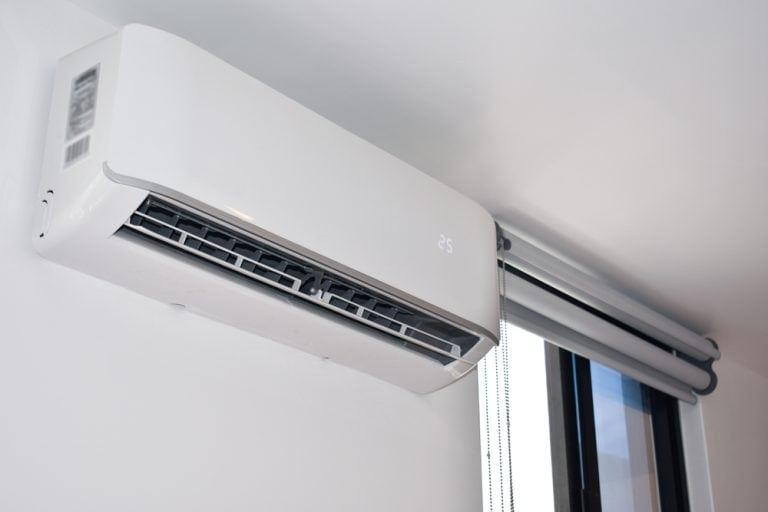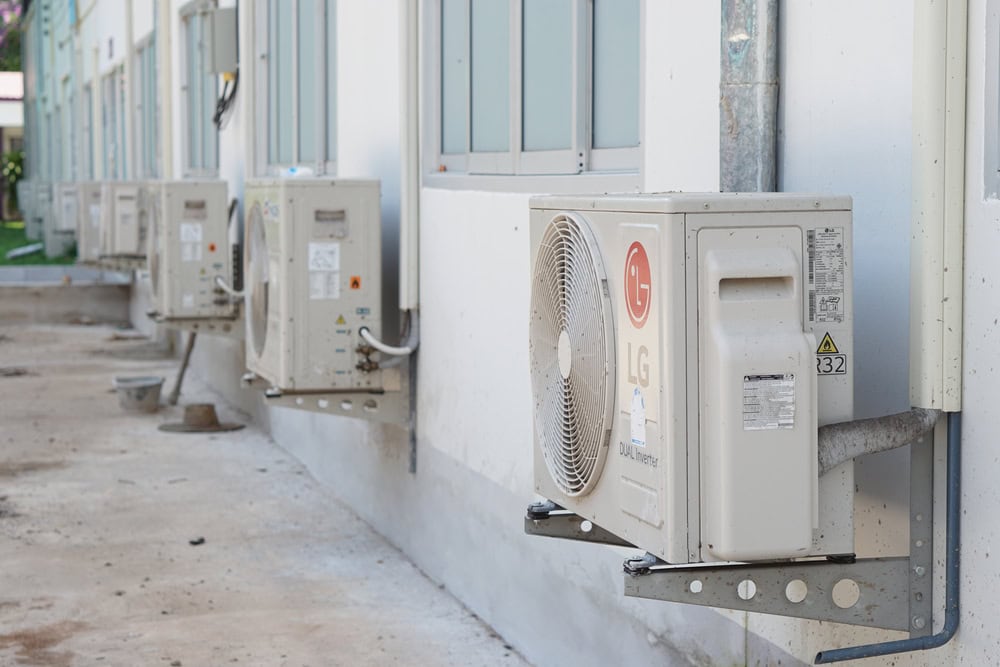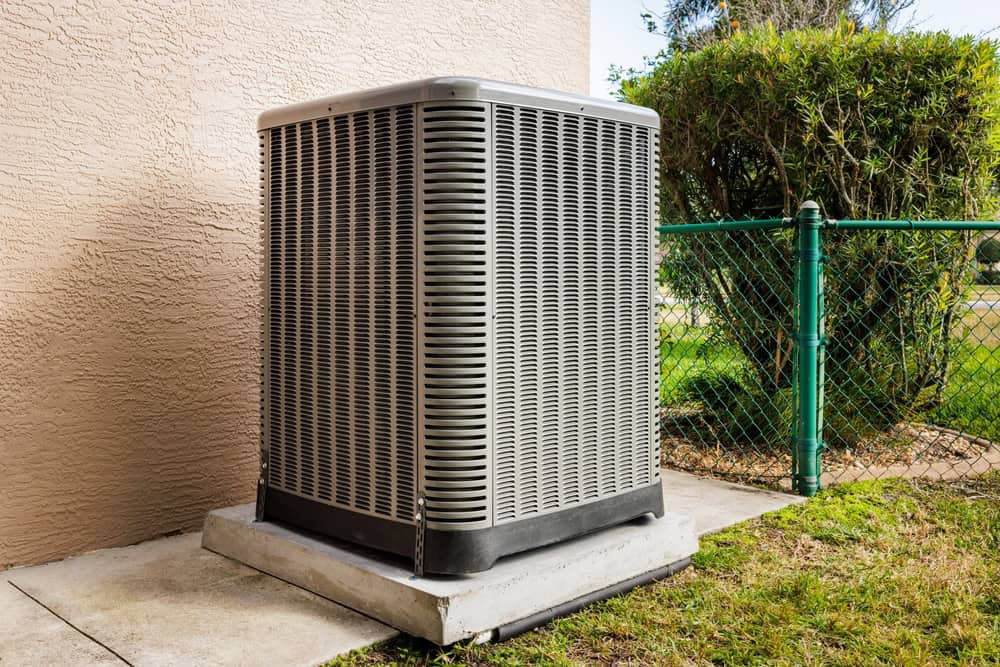What Does a "Ton" of Cooling Mean in Air Conditioning?

You may have heard of a two- or three-ton air conditioner, but rest assured, it doesn’t mean it weighs thousands of pounds! Instead, “ton” is a term that relates to a unit of cooling capacity and has its origins in the days when ice was used for refrigeration.
The Origin of the "Ton" in Cooling

-
Historically, mechanical cooling was measured based on how much ice was needed to cool a space.
-
One ton of cooling represents the amount of heat removed to melt one ton (2,000 pounds) of ice over a 24-hour period.
-
Technically, one ton of cooling equals 12,000 BTUs (British Thermal Units) per hour, the amount of energy required to melt that ice.
What Is a BTU?

- A BTU (British Thermal Unit) is a measure of energy. Specifically, it’s the energy needed to raise the temperature of one pound of water by one degree Fahrenheit.
- To melt a single pound of ice, 144 BTUs of energy are required.
- For a ton of ice (2,000 pounds), melting requires 288,000 BTUs in total, which equates to 12,000 BTUs per hour over 24 hours.
Why the Measurement Still Matters

Even in the modern era of air conditioning, the “ton of cooling” metric remains widely used to describe cooling capacity for residential and commercial HVAC systems. For example:
- 2-ton air conditioner: Can remove 24,000 BTUs of heat per hour.
- 3-ton air conditioner: Can remove 36,000 BTUs of heat per hour.
This allows consumers to easily determine how powerful a system is, even if the term has historical roots.
Another benefit is knowing if your house has any problems that could have been missed during construction. Your home inspector might find water infiltration, mold or mildew, or mineral deposits in your foundation and basement walls that were missed during construction. These discoveries can prevent you from wasting time and money later on down the line when these problems start showing up unexpectedly.
Key Takeaways

- One ton of cooling = the amount of energy needed to melt one ton of ice over 24 hours, or 12,000 BTUs per hour.
- The standard was developed when ice was the primary cooling method and still applies to modern air conditioning systems.
- Air conditioners are often rated in tons to describe their ability to remove heat effectively, with larger tonnage indicating more cooling power.
Understanding this connection to ice provides valuable context to assess your air conditioning needs when selecting a unit!